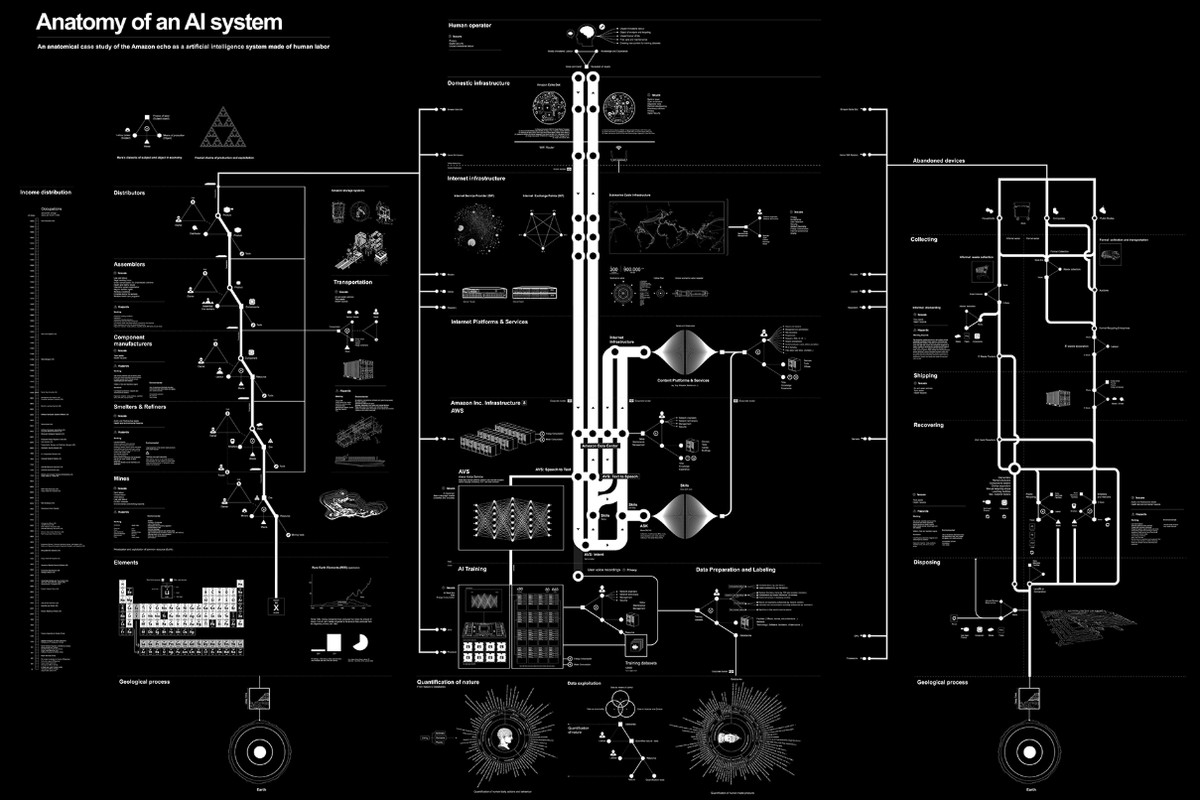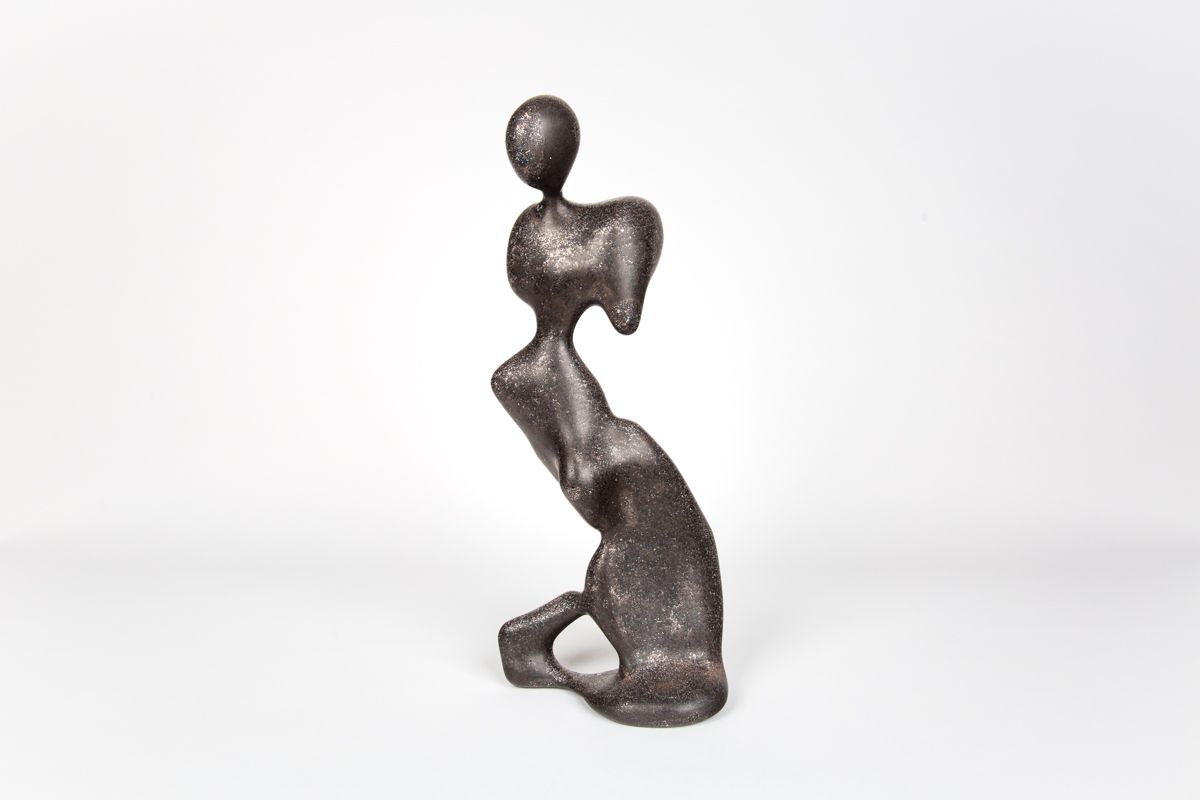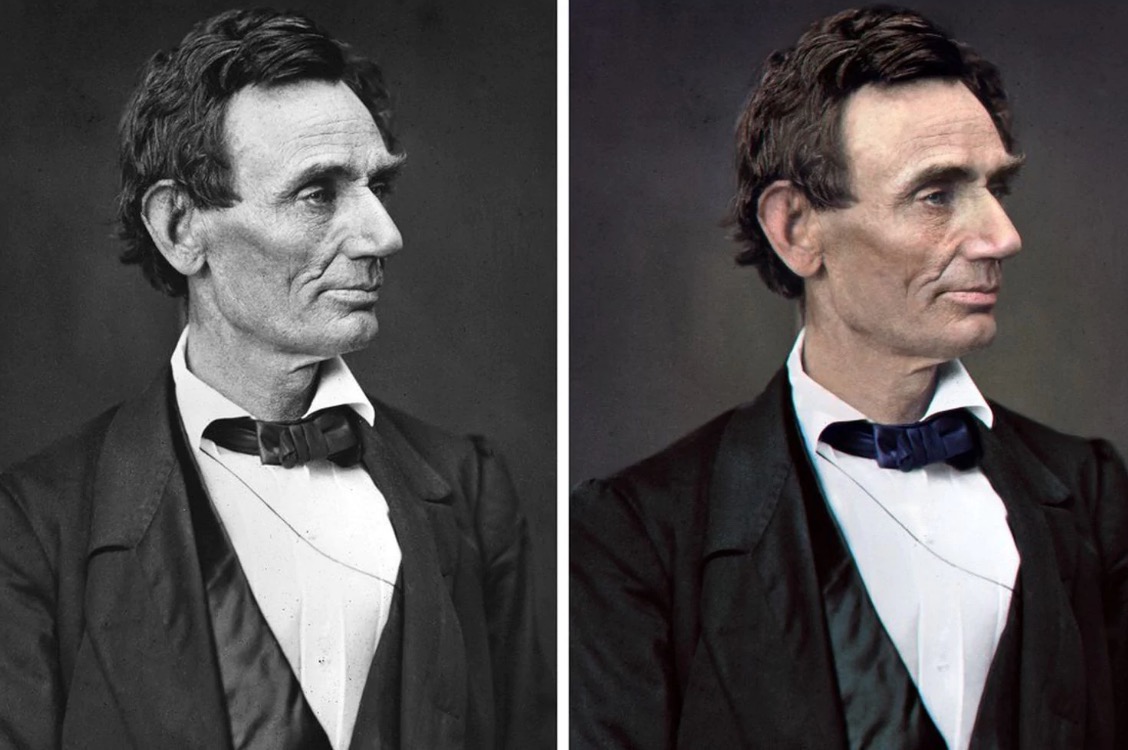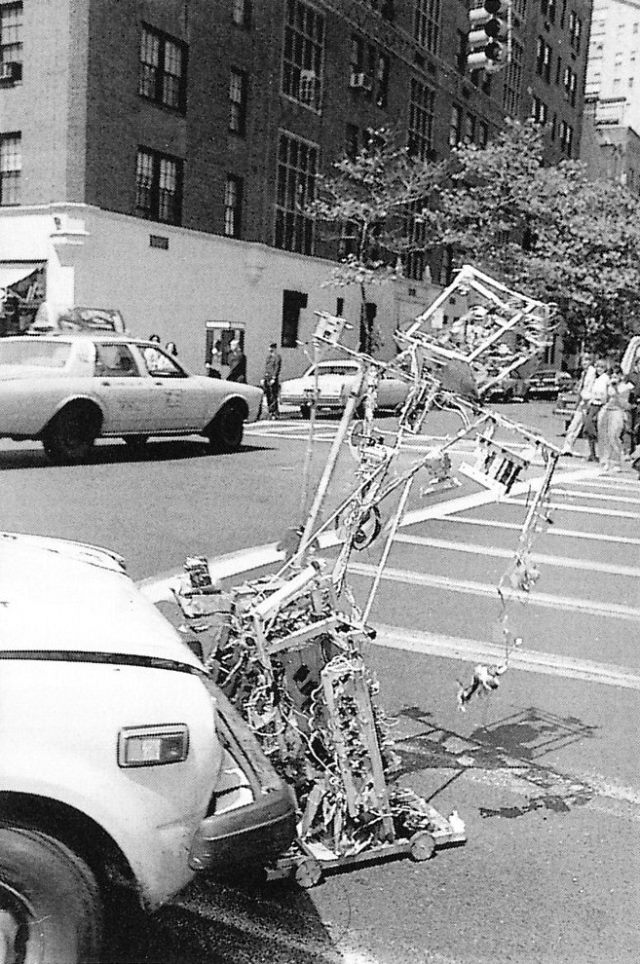The Internet Dungeon of Unexplained Phenomena is a file cabinet of AI-generated paranormal horrors lurking in America’s mundane corners, emerging from prompts supplied by author and narrative designer Leigh Alexander.
[via]
The Internet Dungeon of Unexplained Phenomena is a file cabinet of AI-generated paranormal horrors lurking in America’s mundane corners, emerging from prompts supplied by author and narrative designer Leigh Alexander.
[via]

Ok, this looks super fun: “we’ve trained a neural network called DALL·E that creates images from text captions for a wide range of concepts expressible in natural language“.

“UNINVITED, by Nye Thompson and UBERMORGEN, is a puzzling, disturbing but strangely seducing work. It rejects human viewers as much as it draws them in. A mix of dystopia, scifi and reality, the film echoes our confusion about the machines which intelligence (or utter stupidity) we sometimes fail to fully appreciate.”
[via]

“At this moment in the 21st century, we see a new form of extractivism that is well underway: one that reaches into the furthest corners of the biosphere and the deepest layers of human cognitive and affective being. Many of the assumptions about human life made by machine learning systems are narrow, normative and laden with error. Yet they are inscribing and building those assumptions into a new world, and will increasingly play a role in how opportunities, wealth, and knowledge are distributed.”
“Holly Herndon’s video for her dizzying new song “Eternal” follows the lonely journey of a machine as it analyzes and connects to a human face. It’s blurry and disorienting: a collage of eyes, ears, and mouths materializing in front of the camera, soundtracked by one of the most direct melodies Herndon has ever composed. Synth-orchestra blasts beam in from Y2K pop radio. A dance rhythm keeps stalling out while it’s buffering. “Right in front of my eyes,” a choir sings, slowly, in unison”.
[via]

“After Snell finished creating the 3D model, he disassembled the computer he made it on and ground it to dust using a specially-designed sealed box. This included the computer’s enclosure, its hard drive, its RAM and its graphics processing unit. He then 3D-printed a mold of Dio and cast the sculpture into this mold using resin and the ground remains of the computer.”
[via]

“It feels a little like we’ve been given the ability to time travel,” said Seth Denbo, director of digital initiatives at the American Historical Association.

Talking about road accidents and robots…
Nam June Paik, The First Catastrophe of the 21st Century, 1982
Location: 75th Street and Madison Avenue, Manhattan, outside of The Whitney Museum
“For this performance, the robot K-456 was removed from its pedestal at the Whitney Museum of American Art, which hosted Paik’s retrospective exhibition, and guided by the artist down the street to the intersection of 75th Street and Madison Avenue. When crossing the avenue, the robot was “accidentally” hit by an automobile driven by artist Bill Anastasi. With this performance Paik suggested the potential problems that arise when technologies collide out of human control. After the “collision”, K-456 was returned to its pedestal in the Museum.”
[source]
“A pre-trained deep neural network making predictions on live webcam input, trying to make sense of what it sees, in context of what it’s seen before. It can see only what it already knows, just like us.”
A project by Memo Atken

Robbie Barrat‘s AI-generated nude paintings make Francis Bacon look like a genteel pre-Raphaelite [via]
The increasing weirdness of kids targeted content on Youtube is something I began to notice last year, after the birth of my first daughter. James Bridle went down the rabbit hole of this genre, and found very frightening stuff:
“This is being done by people and by things and by a combination of things and people. Responsibility for its outcomes is impossible to assign but the damage is very, very real indeed”.

Powerful machine-learning techniques (see “The Dark Secret at the Heart of AI”) are making it increasingly easy to manipulate or generate realistic video and audio, and to impersonate anyone you want with amazing accuracy.
[via Technology Review]
Beeri, A Siri-Activated Beer Pouring System. Crazy stuff!
(via Likecool)